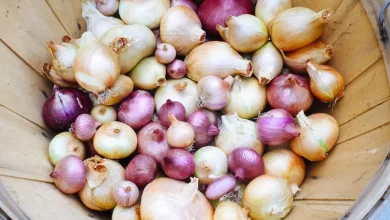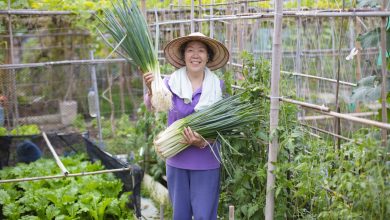How often and how to water my fruit trees?
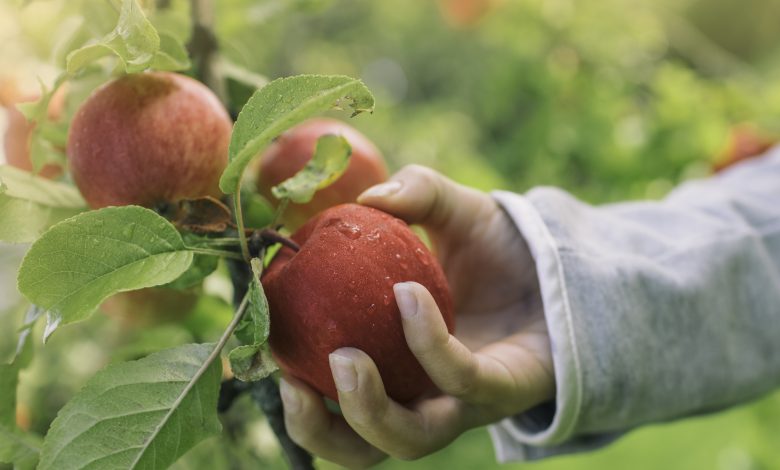
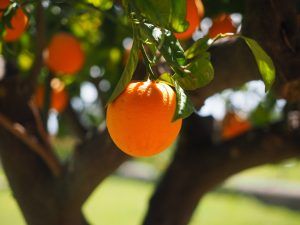 Fruit trees are especially demanding when it comes to irrigation because, in most cases, it influences the formation of flowers and fruits.
Fruit trees are especially demanding when it comes to irrigation because, in most cases, it influences the formation of flowers and fruits.
This is more evident in the first years of life, where their demands tend to be greater and then balance out during adulthood.
A good irrigation of fruit trees, as well as the correct application of the other care, will bring a great harvest as a positive consequence.
So, to answer the most frequent doubts that usually arise around this topic, we have prepared this post that will surely be very useful to you.
Important points when watering fruit trees:
- Irrigation frequency: 2 to 3 times a week in summer and once every 10 days in winter (take into account the characteristics of each fruit tree).
- Irrigation method: Preferably drip.
- Optimum time of day for irrigation: in the morning.
- Identify excess water: yellow leaves, defoliation, decay, lack of growth.
- Identify lack of water: smaller fruits, dry leaves that turn yellow around the edges.
What irrigation needs do fruit trees have?
The irrigation needs of a fruit tree are established by its own characteristics. These conditions may include:
- Age: a fruit tree needs more water in the days after planting than in the rest of its adult life.
- The time of year: fruit trees tend to be deciduous, so in winter they are free of foliage and this reduces the transpiration process, so they consume much less water than when they are in full production process.
- The size of the fruit tree: it refers to its height, since fruit trees that are smaller need less water than those that have a more imposing structure.
- The size of the fruit: similar to the size of the fruit tree, those that produce smaller fruits usually require less water.

In all this, the characteristics of the soil also play a determining role, which, without being linked to the needs of the fruit trees, are decisive when it comes to establishing frequencies.
In general, sandy soils need more water than clay soils because they do not retain moisture.Finally, it should be noted that fruit trees that are kept in the garden will need less water than those that are kept in a pot.
How can we detect the lack of irrigation in fruit trees?
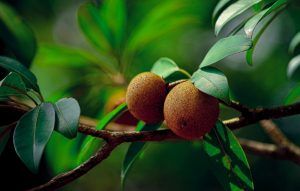 The lack of water around the tree is manifested by dry leaves that begin to turn yellow or brown at the edges.
The lack of water around the tree is manifested by dry leaves that begin to turn yellow or brown at the edges.
If it is about fruits that need moisture, they may not grow enough or crack, as in the case of orange trees.
How often should we water fruit trees?
The variability in the frequency of irrigation will be established by the type of fruit tree in question, since not all move in the same direction. Generally speaking, newly planted fruit trees need frequent watering during the hot months, perhaps 3-4 waterings per week.
Thanks to this frequency, they will have enough energy to develop a good root system that will help them in their adult lives. After that, in adulthood, the risks will be determined above all by the time of year and the conditions of the specimen.

In summer, watering will be more frequent and even more so when the tree is in full bloom and fruit production. In this case, watering can be 2 to 3 times a week, always waiting for the soil to feel dry before applying a new one.
When the cold winter arrives, the risks are reduced, placing them in one every 10 days if the land looks somewhat dry.
What is the best way to water fruit trees?
Drip irrigation is the most usual and recommended way of working fruit trees.This method makes it easier to specifically locate the water at their base, avoiding wetting the flowers and fruits.

And it is that in many cases, moistening these parts can cause rot because they become the focus of attention of fungi, bacteria or viruses. Drip irrigation in fruit trees also helps in the fertilization process, since it is convenient to apply liquid products diluted in water.
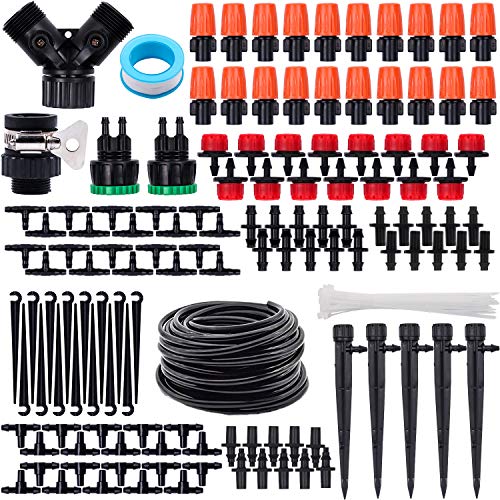
It must be considered that the flow of water must be low, as this is what will ensure that flooding does not occur, a condition that is intolerable for all species.
In contrast, the amount of water you apply does have to be high, since it is necessary to cover the lower parts of the soil with moisture.In this way, you will reach the deepest roots of the fruit tree and it will be healthier because it will have where to take what it needs.
How do we detect excess water in fruit trees?
The roots of the trees are the first to be affected in the presence of excessive irrigation that will end up drowning them. What happens is that it is very difficult to notice changes in their behavior because they are underground, so we have to wait for manifestations at the aerial level.
When these manifestations arrive, it becomes a matter of great concern because they severely affect the health of the fruit tree. You may notice leaves turning yellow and falling off, the plant loses vigor and even its growth is affected.

If the problem of waterlogging is not so complicated, it is possible that leaving a good season without watering, the fruit tree will return to its normal state. But do not lose sight of the fact that a waterlogged environment is the ideal space for certain fungi to take advantage of the weakness of the specimen and attack without hesitation.
For this reason, specialists always recommend that it is more worth watering a fruit tree with a deficit than with excess. Fruit trees are the most popular due to their productive level and because, in current times, they are very adaptable to climatic conditions.
As long as you pamper them properly, applying the correct fruit irrigation techniques, you will have nothing to do but wait for a great harvest.
Maybe you are also interested in:

![Photo of Junco: [Planting, Care, Irrigation, Substrate, Pests and Diseases]](https://www.complete-gardening.com/wp-content/uploads/2022/08/junco-planting-care-irrigation-substrate-pests-and-diseases-390x220.jpg)
